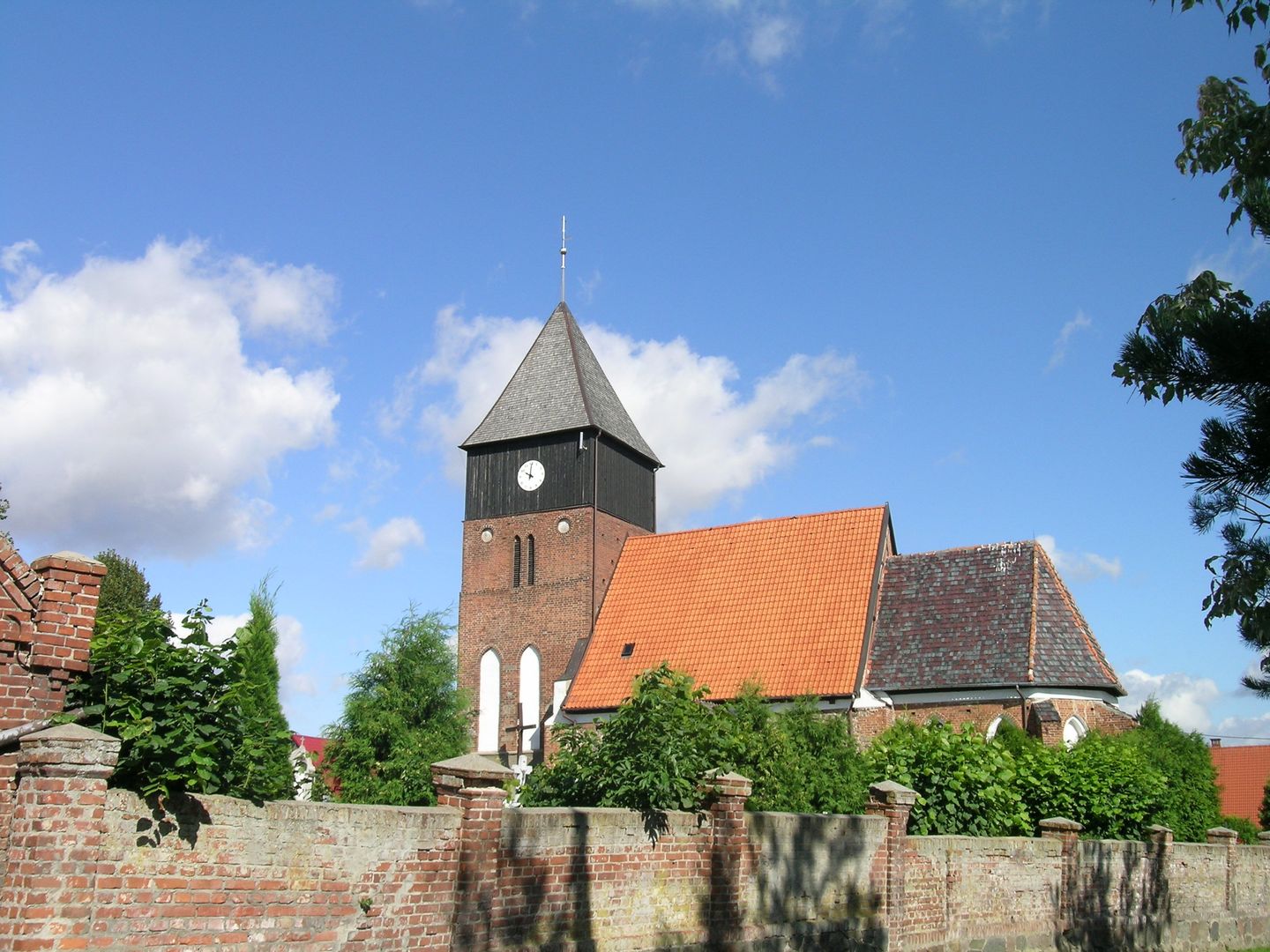Ostrowite
6.67

Overview
Ostrowite, a village located in the Pomeranian Voivodeship, boasts a rich history and unique architectural and cultural features. Founded in 1338, it was once inhabited by the German Kosznajderia community. The village is distinguished by its oval layout, and its houses, many of which are historic, form a valuable rural ensemble. The most important landmark is the Gothic parish church of St. James the Apostle, built in 1402, next to which lies a cemetery with tombstones dating back to the 19th century. In Ostrowite, one can also find a wayside shrine and several arcaded cottages. The community of Ostrowite has its roots in multicultural settlement dating back to ancient times, when settlements of the Pomeranian culture and the later Wielbark culture were discovered. The village suffered significant destruction during wars and raids, particularly in the 15th century, and its inhabitants were actively involved in political events, such as conflicts during the Kulturkampf. Ostrowite is famous for a legend associated with Lake Ostrowite, which tells of the first Christians and a secret leather bridge. The village was a significant Catholic center in the region, and its parish played a crucial role in community life. In the 20th century, Ostrowite became part of Poland after World War II, which influenced the village's demographics and culture. Notable figures associated with Ostrowite include Augustyn Eckmann, a Catholic clergyman, and Ottokar Gräbner, a painter and graphic artist. The village preserves its heritage, and local traditions and history continue to be cherished by its residents.
Location
2025 Wizytor | All Rights Reserved